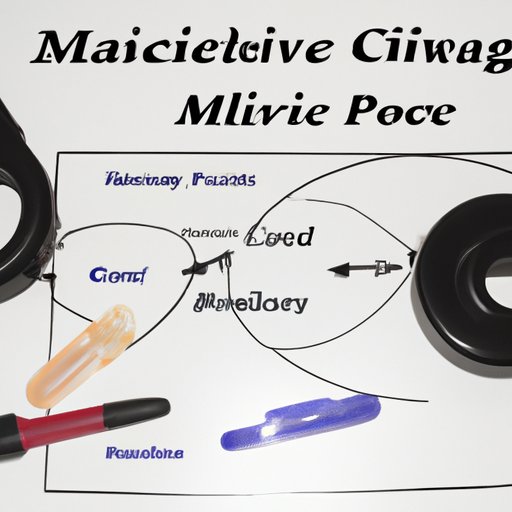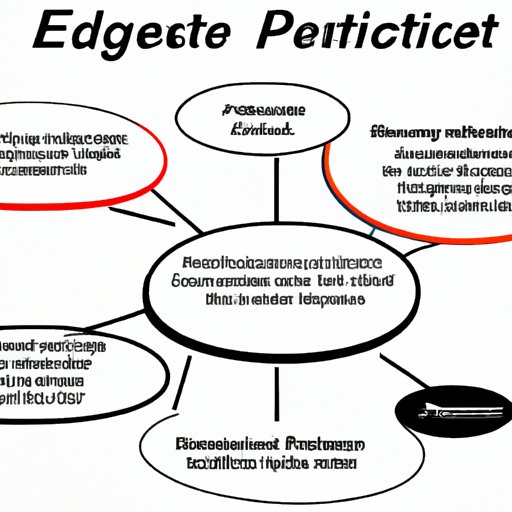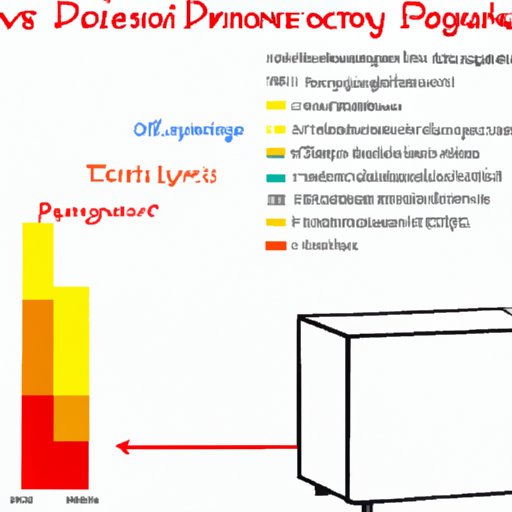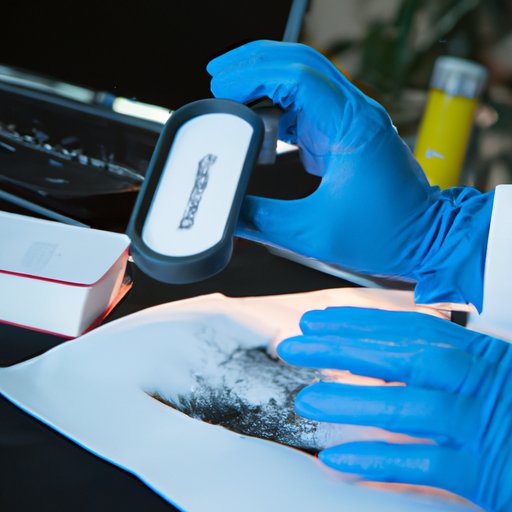Introduction
Physical evidence is a cornerstone of any criminal investigation. In the field of forensic science, physical evidence, also known as tangible evidence, is any object or material that can be used to establish facts in a court of law. This type of evidence is collected from crime scenes and analyzed to determine the facts related to a case. From fingerprints to DNA, physical evidence has become an important tool for solving crimes and bringing perpetrators to justice.

How Physical Evidence is Used to Solve Crimes
Physical evidence plays a vital role in criminal investigations and court proceedings. By analyzing and interpreting this evidence, investigators are able to reconstruct events and identify suspects. Physical evidence can come in many forms, including fingerprints, footprints, tire tracks, weapons, fibers, and bodily fluids. Each type of evidence must be carefully documented and preserved, as it can provide crucial information about a crime and its perpetrator.
Types of Physical Evidence Found at Crime Scenes
At a crime scene, investigators will look for any type of physical evidence that could help them build their case. This includes items such as fingerprints, tools, clothing, weapons, and bloodstains. Investigators must take great care when collecting and preserving this evidence, as even the smallest mistake could lead to the destruction of important evidence. For example, if a fingerprint is not properly dusted or lifted, it may be lost forever.
Analyzing and Interpreting Physical Evidence for Court Cases
Once physical evidence has been collected from a crime scene, it must be analyzed and interpreted by forensic scientists. These experts use specialized techniques and equipment to examine the evidence and draw conclusions about what happened during the incident. They compare the evidence to known databases, such as DNA and fingerprint records, to identify potential suspects. Their findings are then presented in court as part of the prosecution’s case.
The Importance of Documenting and Preserving Physical Evidence
Documenting and preserving physical evidence is essential to any criminal investigation. Without proper documentation, evidence can be easily misinterpreted or destroyed. As such, investigators must take great care to document each piece of evidence accurately. They should also ensure that the evidence is stored in a secure location where it cannot be tampered with or contaminated.

Role of Physical Evidence in Investigations
In addition to documenting and preserving physical evidence, investigators must also be aware of the role it plays in investigations. According to a study conducted by the University of California, physical evidence “provides the link between suspects, victims, and crime scenes, and is thus essential for successful criminal investigations.” By analyzing and interpreting physical evidence, investigators are able to build a stronger case against suspects and bring them to justice.

Emerging Technologies in the Analysis of Physical Evidence
As technology advances, so too does the analysis of physical evidence. Forensic scientists now have access to more sophisticated tools and techniques that allow them to examine evidence in greater detail than ever before. This includes methods such as DNA testing, chemical analysis, and 3D imaging. With these tools, investigators are able to uncover valuable information that can be used to identify suspects and prove their guilt in court.
Conclusion
Physical evidence is an invaluable tool for criminal investigations and court proceedings. From fingerprints to weapons, this evidence provides investigators with valuable insights into the events leading up to and following a crime. As technology advances, forensic scientists are able to analyze and interpret physical evidence with greater accuracy and precision. By documenting and preserving this evidence, investigators are able to build stronger cases against suspects and bring them to justice.
(Note: Is this article not meeting your expectations? Do you have knowledge or insights to share? Unlock new opportunities and expand your reach by joining our authors team. Click Registration to join us and share your expertise with our readers.)
